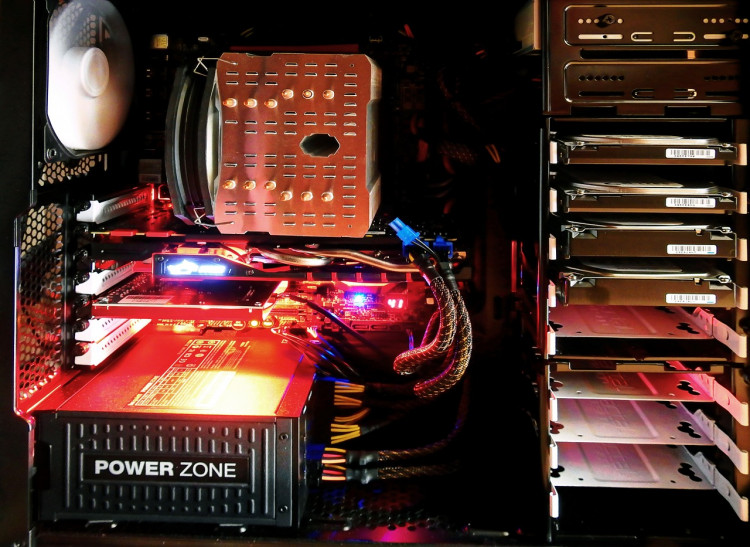VirtualLink USB-C Port is now one of the important names when it comes to graphics cards and laptops. Here are just some of the reasons why gamers and laptop owners must have them.
Supported by Microsoft right from the start of its VR work, VirtualLink now receives backing from Oculus, Valve, Nvidia, and AMD. The support that VirtualLink receives from the biggest players in the industry comes overwhelming and just enough to prove that multiple headset wires can soon be eliminated.
In a prepared statement, Nate Mitchell, Oculus' VP of Product said that a consolidated connection point is critical in removing barriers to experiencing high-powered PC VR and expressed his hope declaring that they look forward to helping push the industry forward into the next phase of VR with the adoption of VirtualLink technology, purpose-built for VR.
VirtualLink USB-C Port replaces the use of multiple wirings to connect to headsets by using a single USB Type-C connector. It prepares the graphics cards and laptops for the future generation of VR headsets making them more accessible and faster as there are certain VR headsets such as Oculus Rift or HTC Vive which are not compatible with a wide range of devices.
VirtualLink USB-C Port works as a standard USB-C alternate mode. It provides a power delivery of up to 27 Watts and support for four HBR3 lanes such as high-resolution displays DisplayPort, camera, sensors, and headset support with USB3.1 Gen2 SuperSpeed.
Because it allows gaming laptops as well as graphics cards to be ready for VR support, there is now a list of the wide variety of graphics cards in the market that supports the VirtualLink USB-C Port.
Titan RTX, the most powerful GPU in the world has a built-in USB Type-C VirtualLink port. It is, however, a bit expensive compared to other graphics cards which support the standard.
Included in the list of graphics cards that support the VirtualLink USB-C Port are RTX 2060, RTX 2070, RTX 2080 and RTX 2080 Ti. AORUS GeForce RTX 2060 XTREME 6G, on the other hand, is the only partner card with the USB-C support.
However, because of the way the graphics architecture of laptops is designed, most of the laptops do not support the VR with only the ASUS ROG Mothership GZ700 on the list. With the way VR is speedily invading the graphics world, there is still a hope that future firmware updates could make other laptop brands support the standard.





